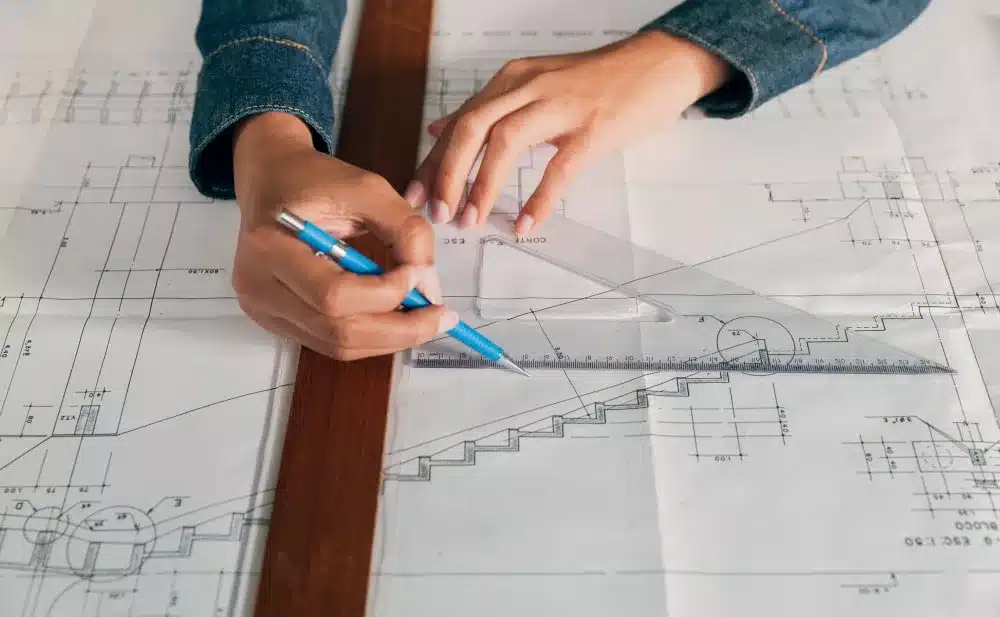Project management teams consist of different members, like project managers, team leads, subject matter experts, and team members. The project manager will have a good understanding of how these teams interact and ways to delegate tasks to them effectively. Managers can establish clear communication between channels, build team culture, set shared goals and values, and foster trust among team members by encouraging open communication.
Importance of Team Alignment
Team alignment impacts the productivity and performance of the members. It helps the employees to work effectively towards the common goal. Good team alignment enhances team engagement and retention, as well as the execution of projects on short timelines. Hybrid work environments are making team alignment complex. The lack of guidance from the project manager in aligning the teams will lead to uncertain goals, create communication gaps, and result in members performing unspecified duties, wasting both their time and effort.
Establish Clear Communication and Objectives
A project manager can foster better alignment in the teams by setting measurable goals. By completing the PMP certification training, it is possible to provide a clear structure for project management, using different frameworks and keeping the team’s objectives at the forefront. They remain flexible enough to shift priorities through regular communication between teams.
Leverage Technology for Better Project Alignment
Task management is an essential aspect of project management. Project managers can help the teams stay focused on completing the tasks by using task management platforms. These tools can easily break down the tasks into smaller assignments and track the progress as they go. Better alignment in the task management may reduce miscommunication and foster collaboration between the teams. Alignment between the distant teams is better possible by leveraging AI-powered technology. A project manager uses AI-powered communication tools to track the real-time progress of the project, which can help them utilise available time and resources in the best possible way.
Designating the Right Job Roles
The team members can stay better aligned towards their goals when they are aware of individual responsibilities. The project manager can establish role clarity for team members, aligning project work better and enabling teams to perform jobs effectively and avoid duplication of effort. They take responsibility for their work in response to changing priorities.
Align Personal Objectives with Group Goals
A project manager can foster better alignment between the teams by helping members understand how their individual contributions can support greater business goals. Project managers and team members can establish personal growth targets that complement larger business goals, ensuring every effort contributes to overall organisational success. The project manager should conduct regular team meetings and re-evaluate priorities for ongoing alignment and flexibility in the project.
Document Development
Documenting every change in the organisation gives project managers a structured approach to align teams. Also, the teams will gain a better understanding of the context of the change, enabling them to work around it and adapt. The teams that are adaptive to the change can align themselves with the business objectives, which increases the productivity of the business.
Build the Trust of the Team through Constructive Feedback
The project manager should conduct regular meetings and engage in regular conversations with individual team members to evaluate priorities and resolve issues. Giving consistent feedback fosters continuous alignment and flexibility between the teams. Constructive feedback from the manager improves efficiency and identifies areas of growth for both teams and individuals.
Training and Skill Development
The teams should be offered continuous training to help them handle changes and obstacles in the project’s progress. Both the team and individuals will be aided by skill development to enhance their ability to handle the projects. The workshops and training programs will help the team members hone their skills and align with the business objectives.
Proper guidance
The project manager should be able to offer guidance to the team as a leader and help them meet the management’s expectations. The project manager should become their mentor to establish trust, allowing them to focus on the future needs of the organisation.
Appreciate Success
Teams in the project management will feel valued when the project manager acknowledges their achievements. One can do it either by official recognition programs, rewards, or shout-outs during meetings. Acknowledgement from the project manager creates a supportive team environment and builds ongoing commitment.
Review and Adapt
Aligning the team in project management is not a one-time process. It is an ongoing process that needs continuous review and adoption. The project manager needs to review the process by analyzing data, gathering feedback, and incorporating insights from the teams and stakeholders. It is vital to involve the team in the review and adoption process, considering their inputs and suggestions. Using tools like surveys can help you implement changes in team alignment as per their requirements.
Conclusion
Aligning diverse teams in the project can be challenging for the project managers and requires a significant investment of time and effort. The project manager should define the goals and establish clear communication to create a cohesive work culture between the teams. By encouraging continuous collaboration between the teams and prioritising alignment, the organisation can enhance team efficiency. Aligning the team towards project goals ensures every effort contributes to shared success.
For More Update and Stories Visit: The Europe Times











